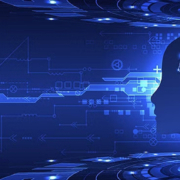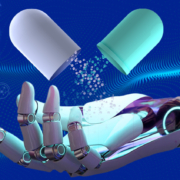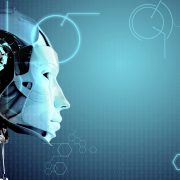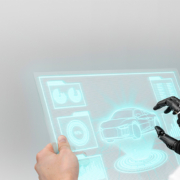Art and AI, has the Last Rubicon Been Crossed?
As AI continues to advance in this digital age, in what seems the ever-increasing conflict between man and machine, the one bastion where “man” held out hope of dominance was the arts. However, even that may just be wishful thinking, as recently, there has been an increasing amount of “art” in artificial intelligence!
Some interesting and perhaps somewhat disturbing cases, in point, have been the introduction of “text-to-image” AI tools such as Midjourney and Stable Diffusion.
These programs have become wildly popular, with their remarkable ability to take language prompts from human users and translate them into original images. Another such platform, Dall-E, is now producing 2 million images a day, including some uncannily realistic creations as well as some surreal abstracts inspired by human’s stated feelings.
What does this mean for the future of AI, AI startup opportunities, and, more importantly, to human artists and the one field that they had hoped would hold the line between man and machine?
When you use a text-to-image AI tool like Midjourney, you type in a phrase that describes what you want — for example, “A father feeling grief in the style of Van Gogh.”
In less than a minute, Midjourney produces four original images it thinks may match the prompt. You can then pick the image that you like best, create new variations based on that image, and refine them from there.
The private sector is already starting to realize the program’s potential, said David Holz, the founder of Midjourney, speaking to Marketplace.
“Business owners, game designers, people in the movie industry are using it,” he said.
About 30% of Midjourney’s users are professionals who use it primarily to brainstorm for commercial projects, Holz said, adding that tech like Midjourney will change how artists work.
But smart employers won’t use it to replace them. At least, that is the hope among the creative community.
“Some people will see this as an opportunity to cut costs and have the same quality,” Holtz said. “They will fail,” he added.
Artists who are using these kinds of programs do not feel they are “cheating” any more than an architect or engineer who uses CAD cam. They are still channeling their creativity; they are just using an advanced tool to do so.
While purists remain and have been raising alarms on social media about AI replacing human creativity, those artists that have embraced the technology say they are still creating “art” it is simply art that may belong in a very different category, just like computer graphic art differs from oil painting, but they are both undeniable art, created by artists.
What do you think?
Rohit Mahajan is a Managing Partner at BigRio and the President and Co-Founder of Citadel Discovery. He has a particular expertise in the development and design of innovative AI and machine learning solutions for clients in Healthcare, Financial Services, Retail, Automotive, Manufacturing, and other industry segments.
CarTwin has leveraged AI and Digital Twin technologies to create a digital, cloud-based clone of a physical vehicle designed to detect, prevent, predict, and optimize through AI and real-time analytics. If you would like to benefit from our expertise in these areas or if you have further questions on the content of this article, please do not hesitate to contact us.









